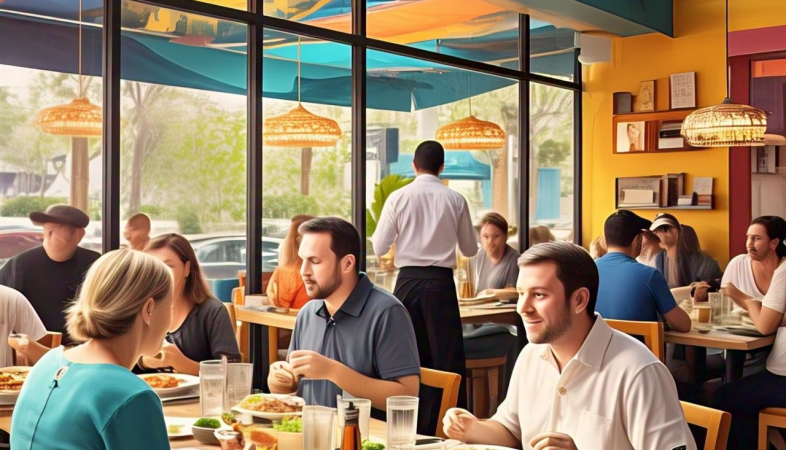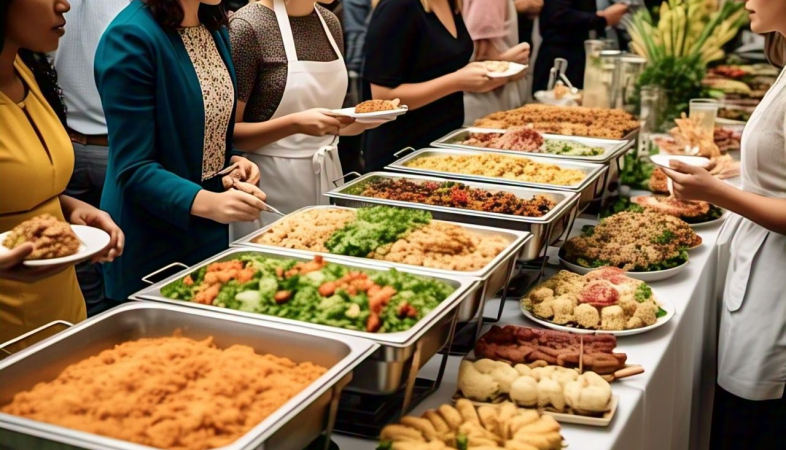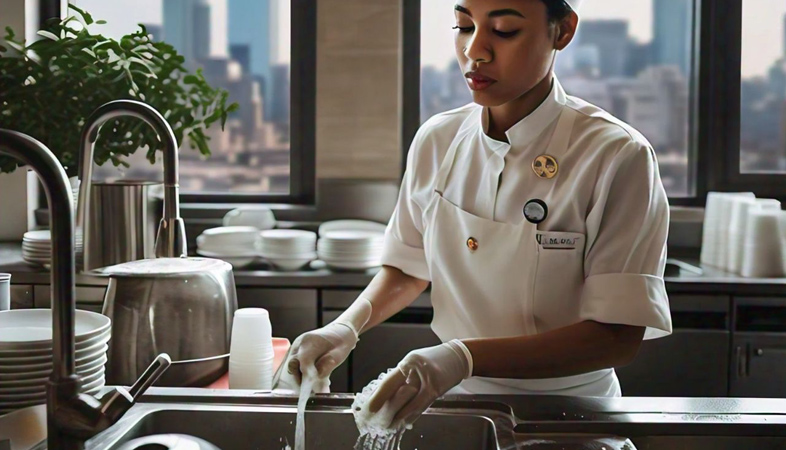Restaurant Spaces Designed for Solo Diners: A Growing Market
By reimagining restaurant spaces with solo diners in mind, businesses can tap into this growing market and create a more inclusive dining culture.
Dining alone was once considered unusual, but today, it’s a
growing trend that restaurants are embracing. With more people traveling solo,
working remotely, and seeking personal time, restaurants are rethinking their
layouts and service models to accommodate the needs of solo diners. From
counter seating to private booths and interactive dining experiences, the
industry is evolving to make dining alone a more comfortable and enjoyable
experience.
One of the key design shifts for solo-friendly restaurants is the inclusion of counter or bar-style seating. This setup allows single guests to enjoy their meals without the awkwardness of sitting at a large table alone. Many high-end restaurants and casual eateries now feature open kitchen counters, where diners can watch chefs at work, turning the meal into an engaging experience. Similarly, some establishments incorporate communal tables that allow guests to sit near others without forced interaction, striking a balance between privacy and socialization.
Private booths and individual dining pods are also gaining popularity, particularly in Asian-inspired concepts. Restaurants in Japan, for example, have long catered to solo diners with ramen bars featuring individual cubicles. This idea is spreading globally, with more eateries offering enclosed or semi-private seating to provide a sense of comfort and focus for guests who prefer solitude.
Technology is another key player in enhancing solo dining experiences. Many restaurants are incorporating self-ordering kiosks, mobile apps, and even robotic servers to streamline service, allowing guests to enjoy a seamless and pressure-free meal. Some places also introduce entertainment options, such as personal screens, bookshelves, or themed dining environments, creating a more immersive experience for those dining alone.
From a business perspective, catering to solo diners can be highly profitable. Single guests often spend more per person compared to groups, as they may indulge in premium menu items, specialty drinks, or dessert without having to split the bill. Restaurants that actively market themselves as solo-friendly destinations can attract a steady stream of customers, particularly professionals, digital nomads, and travelers looking for a hassle-free meal.
As societal attitudes toward solo dining continue to evolve, restaurants that prioritize comfort, convenience, and a welcoming atmosphere for individual guests will stand out. By reimagining restaurant spaces with solo diners in mind, businesses can tap into this growing market and create a more inclusive dining culture.
.png)





























